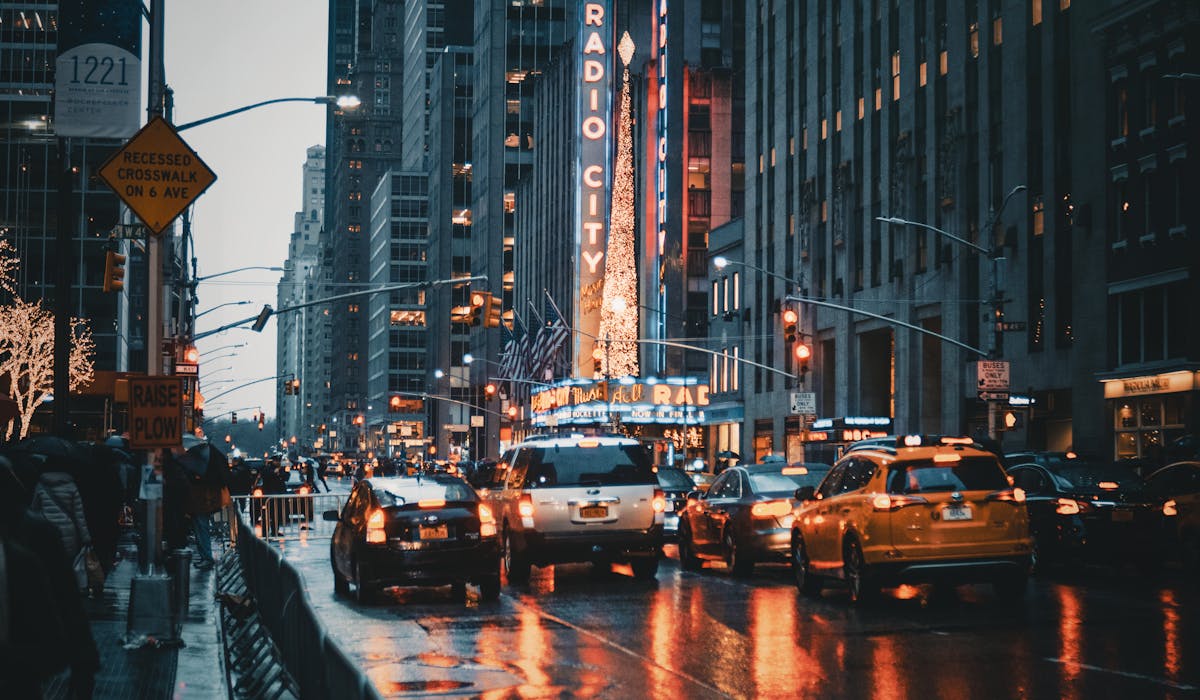Some Known Questions About Framing Streets.
Framing Streets Can Be Fun For Anyone
Table of ContentsFraming Streets for DummiesFraming Streets Can Be Fun For AnyoneThe Greatest Guide To Framing StreetsThe Basic Principles Of Framing Streets 6 Simple Techniques For Framing StreetsThe Facts About Framing Streets Revealed
Photography style "Crufts Pet Program 1968" by Tony Ray-Jones Street digital photography (also often called honest photography) is digital photography carried out for art or questions that features unmediated chance encounters and random incidents within public areas, normally with the objective of capturing pictures at a definitive or poignant minute by cautious framing and timing. 
, who was influenced to carry out a comparable documentation of New York City. As the city established, Atget helped to advertise Parisian roads as a worthwhile subject for digital photography.

3 Easy Facts About Framing Streets Described
Martin is the very first taped digital photographer to do so in London with a masked electronic camera. Mass-Observation was a social research study organisation established in 1937 which aimed to record day-to-day life in Britain and to videotape the responses of the 'man-in-the-street' to King Edward VIII's abdication in 1936 to wed separation Wallis Simpson, and the succession of George VI. The chief Mass-Observationists were anthropologist Tom Harrisson in Bolton and poet Charles Madge in London, and their first report was created as guide "May the Twelfth: Mass-Observation Day-Surveys 1937 by over two hundred onlookers" [] Home window cleaner at Kottbusser Tor, Berlin, by Elsa Thiemann c. 1946 The post-war French Humanist College digital photographers located their topics on the street or in the restaurant. Andre Kertesz.'s widely admired Images la Sauvette (1952) (the English-language edition was titled The Definitive Minute) advertised the idea of taking a picture at what he termed the "definitive minute"; "when form and content, vision and you could try this out make-up combined right into a transcendent whole" - photography presets.
A Biased View of Framing Streets
The recording machine was 'a hidden cam', a 35 mm Contax concealed under his layer, that was 'strapped to the breast and connected to a long wire strung down the right sleeve'. Nevertheless, his job had little modern effect as as a result of Evans' level of sensitivities about the creativity of his job and the personal privacy of his topics, it was not published until 1966, in guide Several Are Called, with an intro composed by James Agee in 1940.
Helen Levitt, then an educator of young youngsters, associated with Evans in 193839. She documented the temporal chalk drawings - Sony Camera that became part of youngsters's street society in New york city at the time, along with the children that made them. In July 1939, Mo, MA's new digital photography section included Levitt's operate in its inaugural exhibitRobert Frank's 1958 publication,, was significant; raw and usually indistinct, Frank's pictures questioned conventional photography of the time, "tested all the official rules put down by Henri Cartier-Bresson and Walker Evans" and "flew in the face of the wholesome pictorialism and wholehearted photojournalism of American publications like LIFE and Time".